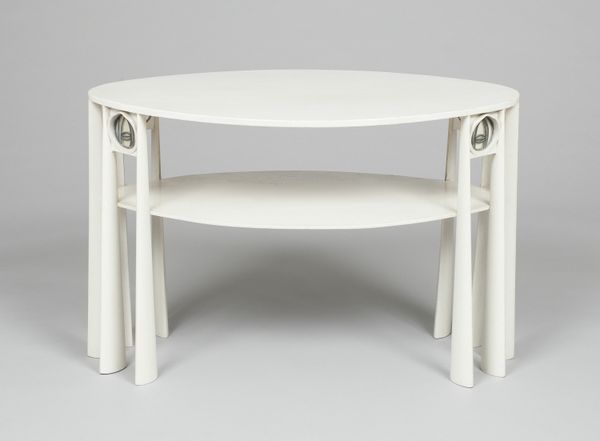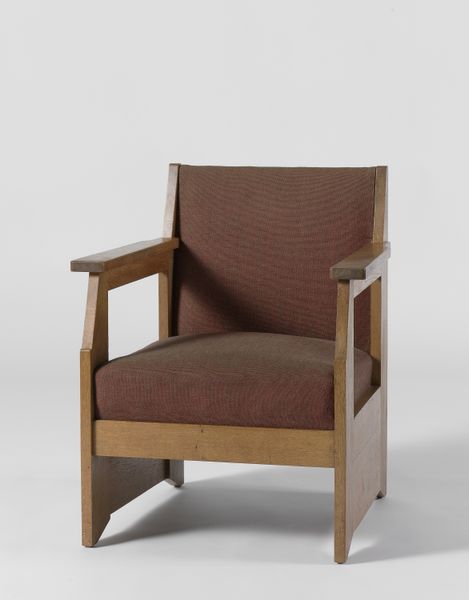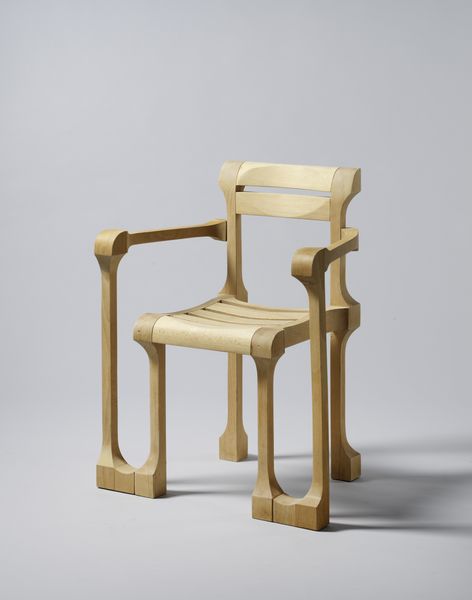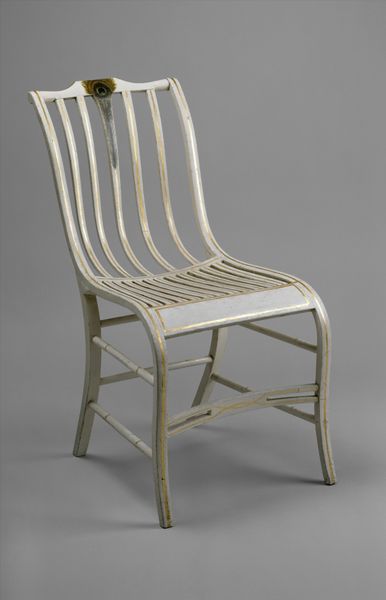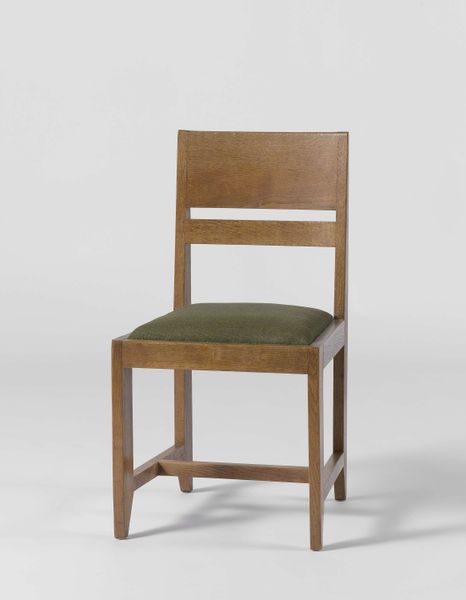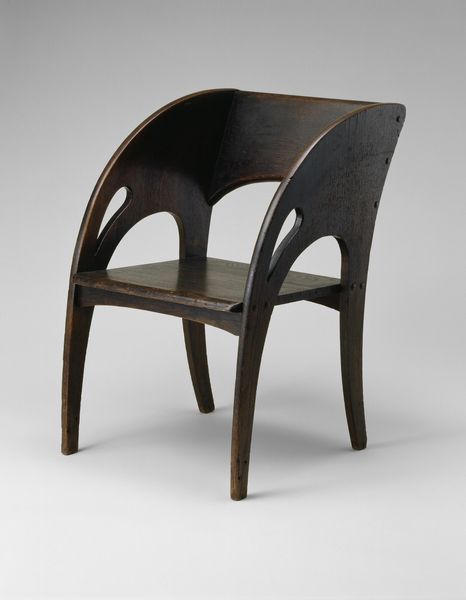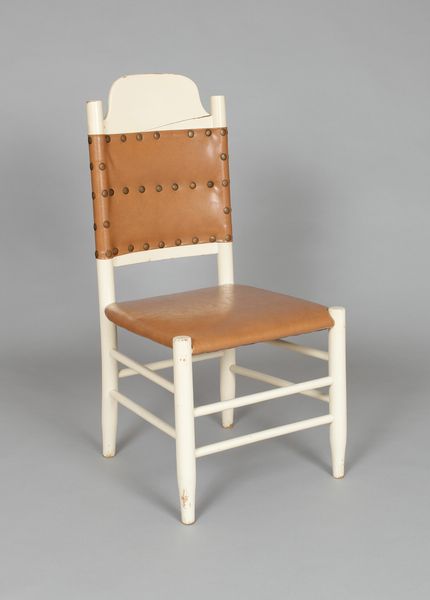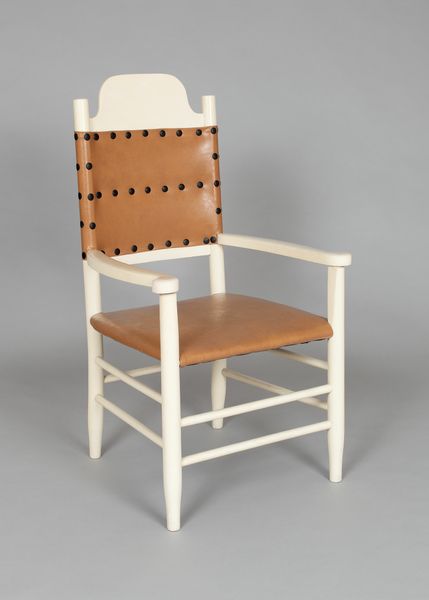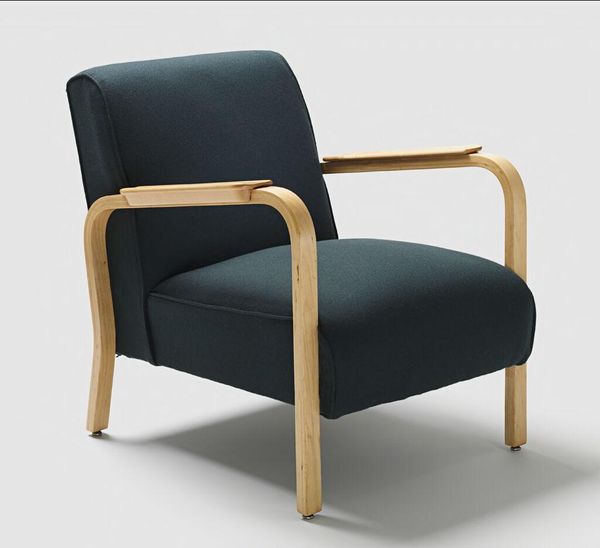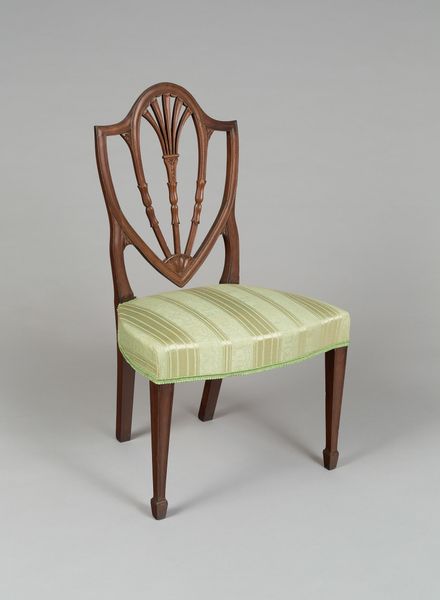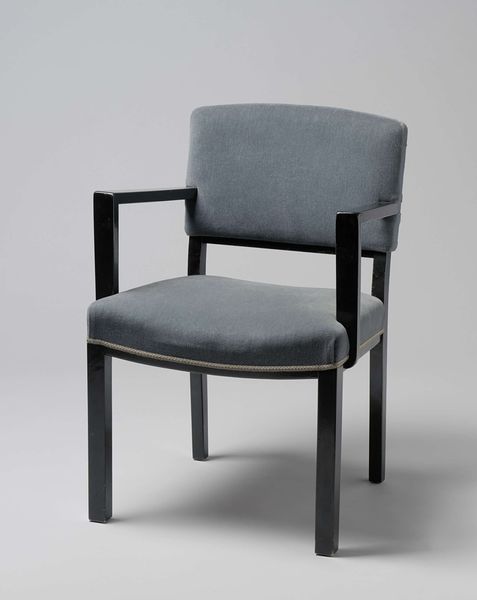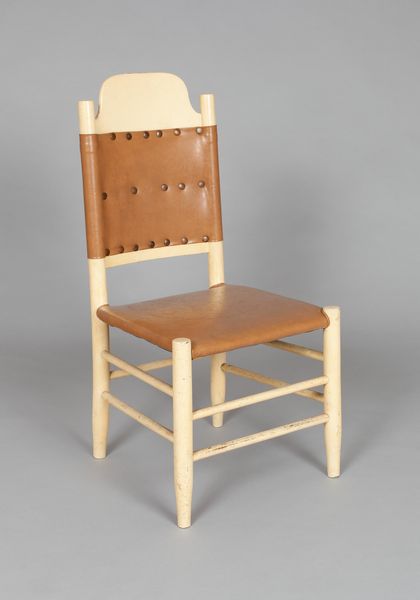
wood
#
furniture
#
wood
#
italy
#
modernism
Dimensions: 22 3/4 x 28 x 26 1/2 in. (57.79 x 71.12 x 67.31 cm)
Copyright: No Known Copyright
Editor: This wooden “Armchair” was designed around 1963 by Joe Colombo. It’s currently held at the Minneapolis Institute of Art. Its curvaceous lines make it look remarkably comfortable! What do you see in this piece, from a historical and social perspective? Curator: Looking at this, I'm drawn to the concept of "domestic space as liberation" so important to Italian design of the period. This chair isn’t just furniture, it’s a statement. Post-war Italy was undergoing rapid social and industrial change. Colombo and his contemporaries, like Nanda Vigo and Gae Aulenti, were thinking critically about how design could revolutionize everyday life and create possibilities for previously unimaginable ways of existing in a space. The streamlining gestures at functionality but there is also a lot of focus on comfort and relaxation, yes? Editor: That’s right! And its neutral colour and smooth finish also lend it a futuristic feel. Curator: Precisely. Colombo was influenced by the space race and a vision of the future of society as both technological and radically individualised. One could imagine this chair in an advertisement promising to take you into the jet age with a design for new social relationships, far beyond the strictly conventional arrangements that the establishment tried to impose. Does the colour strike you as particularly radical, though? Editor: Actually, when I consider how colour was often employed to define social roles in 1960s Italy, this choice becomes provocative in its neutrality. The artist, while using an inoffensive tone, actually defied any colour identification towards specific societal positions. Curator: Exactly! It really encapsulates a moment where design was challenging the status quo, reimagining how we inhabit and interact with our environments. Hopefully in directions that will produce a more equitable existence. What does this mean to you now, as a possible vision for art to explore? Editor: I had not reflected about the topic so deeply, but it makes me want to reconsider other works and their context to draw new inspiration. Curator: Wonderful! That's exactly the idea.
Comments
No comments
Be the first to comment and join the conversation on the ultimate creative platform.
